In 1492, history had no clue
October 9, 2018
Every year, on the second Monday of October, the nation celebrates Italian explorer Christopher Columbus for his success in discovering the New World on October 12, 1492. Because of the addition of Indigenous People’s Day and the rise in protests against Columbus Day from research revealed about Columbus’ true intentions and cruel nature, people now question whether the holiday should exist. Misconceptions today, mainly relating to his interactions with natives and missions, make Columbus seem like a hero, when in reality he resembled more of an incompetent and greedy adventurer.
The way Columbus treated the people and places he encountered symbolizes the hatred he held for anyone but himself, and any holiday devised to honor him portrays an image of a narcissistic “hero” covering the origins of genocide, misery, and lies.
Ordered by King Ferdinand and Queen Isabella to prove the Earth’s spherical shape and find gold, Columbus wasted his own time. Ancient Greeks proved the Earth’s roundness 2,000 years before, and the common public at the time knew the Earth’s shape. However, Columbus ignorantly set sail for evidence of his beliefs. Still, people foolishly believe he proved this theory.
Columbus should serve no meaning to North America, and nonetheless to South America. Vikings, settlers, and natives populated America before 1492, but Columbus still took credit for its discovery.
On Columbus’ first voyage, of all the modern-day countries he stumbled onto, like Cuba and Haiti, none proved he set foot in America, even though he holds a title of America’s legendary discoverer. In short, he accidentally landed in the Caribbean and stamped “America” as its name. Also, because the Spaniards believed no middle land existed between Europe and Asia, this unknown area easily tricked Columbus into believing no life existed there.
Native Americans built civilizations with mass populations years before Columbus wandered off into the Caribbean and claimed to discover a New World. After landing in Haiti and the Dominican Republic, he disrupted the homes of Taino Natives.
Columbus, lacking in common knowledge at the time, believed he discovered India and its citizens, and quickly left the land to spread word on his new findings, only to return with 12,000 men to enslave the Taino. After realizing the lack of gold in the land, Columbus and his men slaughtered the natives so brutally that by 1542, only 200 Taino Natives populated the area.
“It appears to me, that the people are ingenious, and would be good servants and I am of opinion that they would very readily become Christians, as they appear to have no religion. They very quickly learn such words as are spoken to them. If it please our Lord, I intend at my return to carry home six of them to your Highnesses, that they may learn our language,” Columbus wrote in his journal about the Natives on October 12, 1492.
After promising King Ferdinand and Queen Isabella he would find a quick route to Chinese trade markets, Columbus failed to return with spices and silks, and blamed the issue on two of his men. To pay for their mistakes, he supplied his ships with Tainos from the island of Hispañola. Columbus shipped these innocent people to Spain, and citizens paid for them as slaves all throughout 1495.
Columbus and his predatory men hunted the Natives they encountered for sport and profitable benefit; then they effortlessly beat, raped, tortured, and killed them, and used their bodies as food for hunting dogs. Within four years of Columbus’ arrival into the New World, the Native population either sailed on ships to other countries or died, decreasing the once robust population from 300,000 to 100,000.
However, Columbus did succeed in a number of his goals. He founded colonies for Europe in Central America, like Honduras, and created giant and successful civilizations. He sparked the Columbian Exchange, which entirely changed the Old World and New World, fundamentally advancing population sizes and cuisine.
The reason why students learn about his accomplishments comes from author Washington Irving, when he published a fake, “sugar-coated” biography of Columbus, titled The Life and Voyages of Christopher Columbus in 1828. Irving failed to include Columbus’ horrible acts, thinking sales could decline with them in the novel.
Furthermore, throughout the 19th century, as Italians surged through New York, they endured mistreatment among “older” Americans. To fit into the new environment, Italians told Irving’s story of Christopher Columbus, impressing their new countrymen and promoting a national hero.
This false story reached textbooks and lessons in elementary and middle schools until recently when Columbus’ truth assimilated into the public. Indigenous People’s Day, which occurs on the same day as Columbus Day, attracts more attention today than ever before with annual protests against the man who wrongfully claimed America’s discovery.
The protection of civil and human rights significantly demonstrates America’s culture, and Christopher Columbus fails to represent such a legacy. This year, many will rightfully celebrate Indigenous People’s Day, representing real heroes. Why glamorize a man who historically ruined human civilizations and wrongfully took credit for accomplishments he never completed?








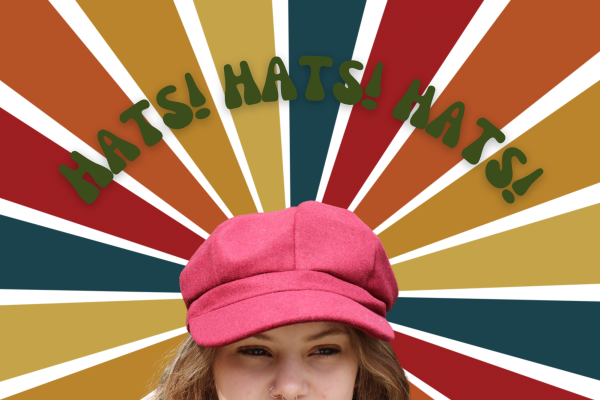

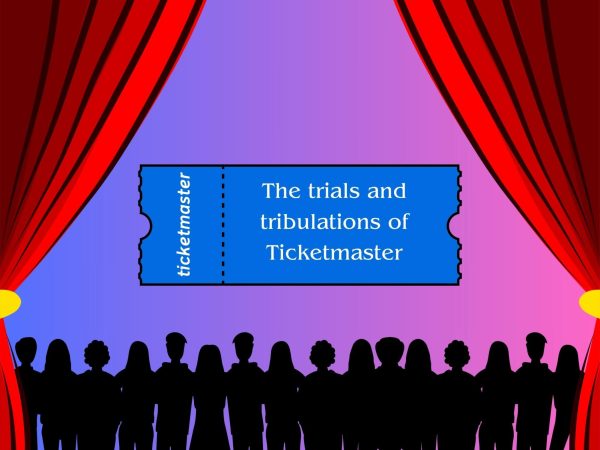


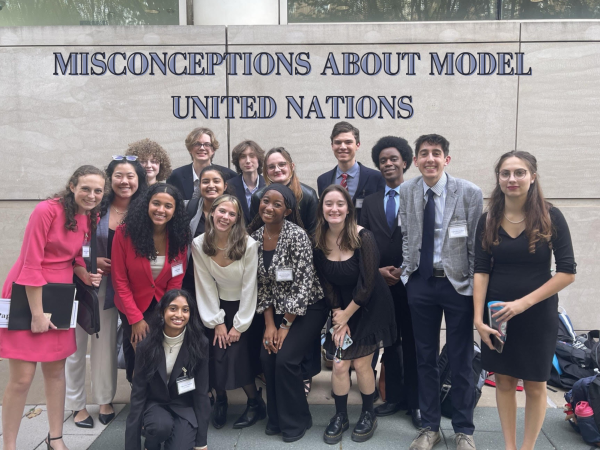
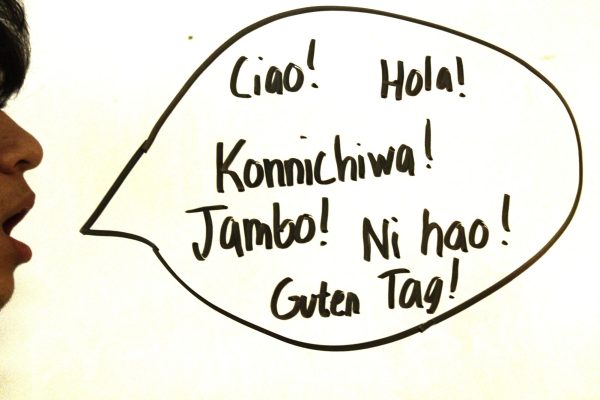

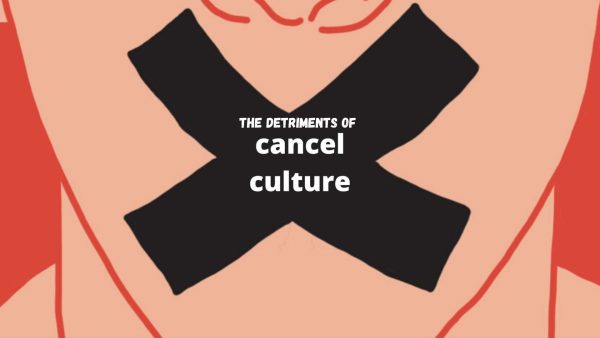

Joey Pollito • Oct 9, 2018 at 11:40 PM
What an article! And so well written! I will definitely think about Columbus differently in the future.